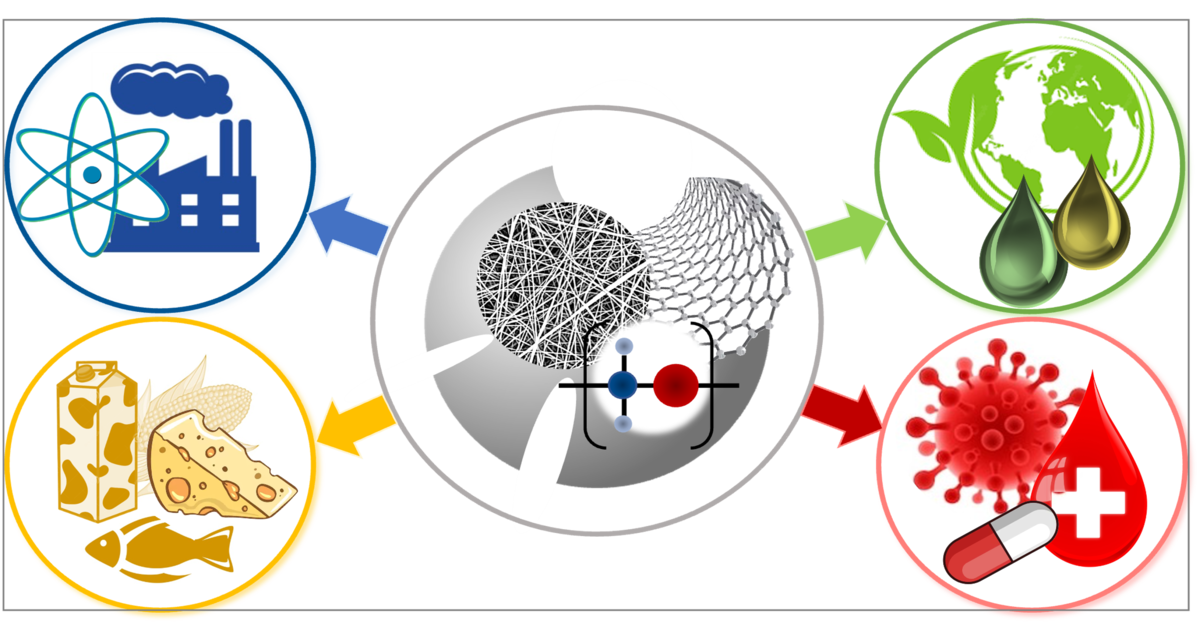Functional Adsorbents
Topic Information
Dear Colleagues,
The effective and selective isolation, separation, identification, or rational delivery of small and/or macromolecular compounds are highly important in our rapidly developing world. Thus, among smart materials, functional adsorbents could represent one of the most promising opportunities to develop adsorption processes. Due to the increasing evolution of functional materials, many types of adsorptive agents could be realized with versatile morphologies and physico-chemical properties. Due to the effective cooperation between the different scientific and industrial fields, the number and number of types of smart materials is rapidly growing, providing novel and sustainable materials with enhanced surface properties and stability. In this Topic, articles regarding different nanostructured materials, such as nanoparticles, nanotubes, nanofibers, nanoporous materials, meso- and macro-porous particles, gels, and monolith structures related to the fields of environmental, synthetic, catalytic, biological, and pharmaceutical sciences are welcome.
Prof. Dr. Krisztina László
Dr. Diána Balogh-Weiser
Dr. Tamás Pardy
Topic Editors
Keywords
- adsorption
- isolation
- immobilization
- filtration
- carriers
- smart supports
- selectivity
